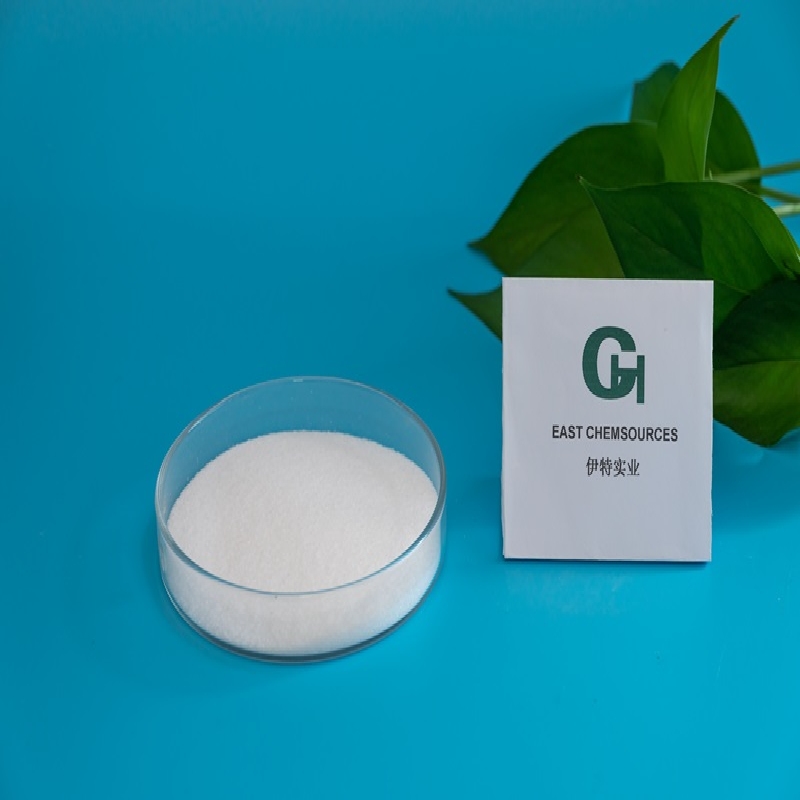-
Categories
-
Pharmaceutical Intermediates
-
Active Pharmaceutical Ingredients
-
Food Additives
- Industrial Coatings
- Agrochemicals
- Dyes and Pigments
- Surfactant
- Flavors and Fragrances
- Chemical Reagents
- Catalyst and Auxiliary
- Natural Products
- Inorganic Chemistry
-
Organic Chemistry
-
Biochemical Engineering
- Analytical Chemistry
- Cosmetic Ingredient
-
Pharmaceutical Intermediates
Promotion
ECHEMI Mall
Wholesale
Weekly Price
Exhibition
News
-
Trade Service
Introduction Alcoholic hepatitis (AH) is a disease characterized by jaundice and liver-related complications caused by excessive alcohol consumption, and has a high short-term mortality rate
.
The main feature of AH is recent jaundice after long-term (usually >12 months) heavy drinking
.
Tender hepatomegaly and fever are common manifestations
.
Many patients have signs of liver-related complications, such as hepatic encephalopathy, ascites, or gastrointestinal (GI) bleeding
.
This article summarizes the diagnosis and treatment of AH, as described below
.
One picture summary: AH's diagnostic algorithm recommends diagnostic tests for patients with clinical manifestations of AH to exclude obstructive biliary tract disease, viral hepatitis, drug-induced liver injury (DILI) and autoimmune hepatitis
.
In the absence of any confounding factors, a clinical diagnosis of AH can be made, which is defined by the National Institute of Alcohol Abuse and Alcoholism (NIAAA) as possible AH
.
If there are any confounding factors, a transjugular liver biopsy is recommended to confirm the diagnosis
.
If the characteristic histological features of AH are found, it can be clearly diagnosed as AH
.
Even if there are confounding factors but not confirmed by histology, it can be diagnosed as possible AH based on clinical suspicion
.
The specific diagnosis algorithm is shown in Figure 1
.
Figure 1 AH diagnosis algorithm TBil: total bilirubin; AST: aspartate aminotransferase; ALT: alanine aminotransferase; GGT: γ-glutamyltransferase; INR: international standardized ratio; HCC: Hepatocellular carcinoma; CT: computed tomography; MRI: magnetic resonance imaging; MRCP: magnetic resonance cholangiopancreatography; ANA: antinuclear antibody; ASMA: anti-smooth muscle antibody; SIRS: systemic inflammatory response syndrome; MDB: Mallory compact 1 Table summary: Emerging treatment options for AH.
At present, treatment options for AH are still limited.
Alcohol abstinence is the primary core measure of treatment.
Alcohol abstinence can reduce the direct toxic effects of alcohol on the liver, reduce liver alcohol accumulation, and prolong liver progression
.
In addition, other treatments include medication, early liver transplantation, and nutritional support
.
Drug therapy mainly includes: ① Anti-inflammatory drugs that regulate immune response, including glucocorticoids (CS) and pentoxifylline (PTX); ② Biological agents and new targeted drugs, such as infliximab and etanercept , IL-22 and IL-10, etc.
; ③Others, including antioxidants and traditional Chinese medicine
.
Among them, there are many studies on CS and PTX, and most studies suggest that only a limited proportion of patients benefit from CS
.
Considering the increased risk of sepsis and gastrointestinal bleeding, the applicability of hormone therapy is limited
.
However, PTX monotherapy or as an adjuvant therapy for CS has no improvement in short-term or long-term mortality
.
Considering the high mortality rate of AH and the limited treatment options currently available, some emerging therapies are under investigation
.
Table 1 summarizes the emerging treatments for AH that have completed or are undergoing clinical trials
.
Table 1 New targeted therapy for AH under study MELD: end-stage liver disease model; MDF: Maddrey discriminant function References: [1] Gougol A, Clemente-Sanchez A, Argemi J, et al.
Alcoholic Hepatitis[J].
Clin Liver Dis (Hoboken).
2021 Sep 19;18(2):90-95.
doi: 10.
1002/cld.
1092.
[2] Lei Jia, Ding Ruifeng.
Progress in diagnosis and treatment of alcoholic hepatitis[J].
Chinese Convalescent Medicine, 2018 ,27(02):133-136.
[3] Chinese Medical Association, Chinese Medical Association Journal, Chinese Medical Association Gastroenterology Branch, etc.
Guidelines for primary diagnosis and treatment of alcoholic liver disease (2019)[J].
Chinese General Practice Physician Journal, 2020, 19(11): 990-996.







